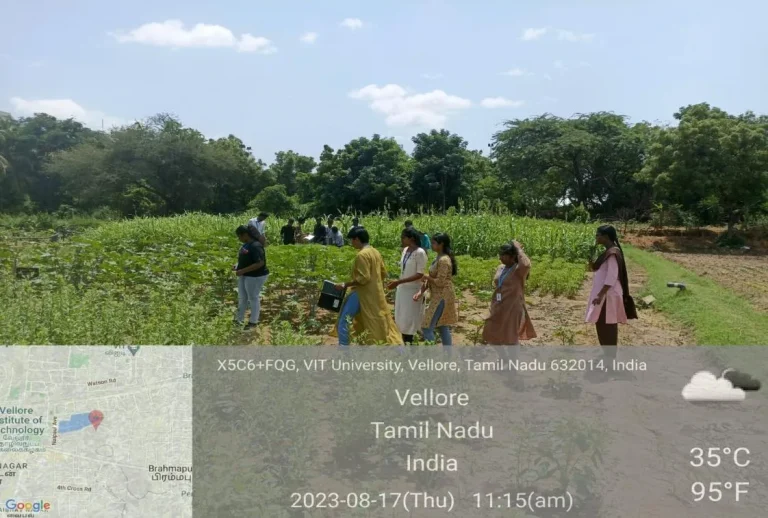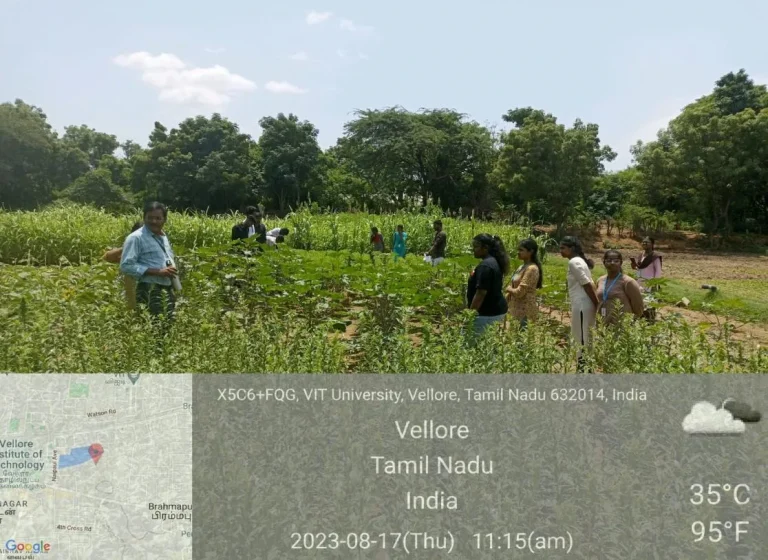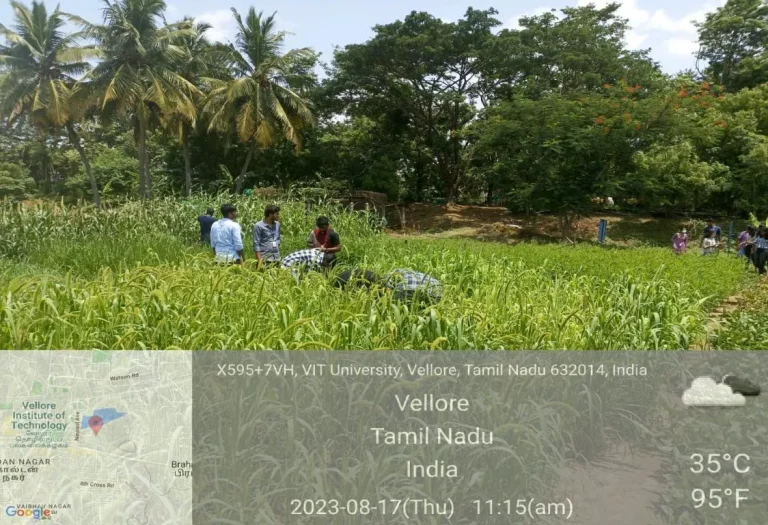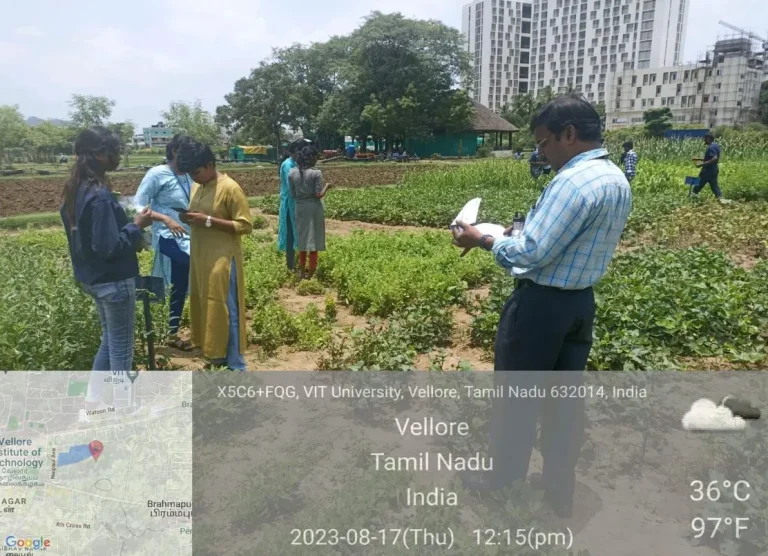Best Teaching Practices
VIT School of Agricultural Innovations And Advanced Learning (VAIAL) - Best Teaching Practices
BAG2007 Diseases of Field and Horticultural Crops and their Management – I, Practical class, Date: 17.08.2023, CBMR farm crop cafeteria, 11 AM to 1.00 PM
(Course Teachers: Dr. S. Babu, Dr. Utpal Das)
First half hour:
Competition was announced. Students were made into groups and asked to visit the crop plots and try to identify the diseases themselves. They presented the crop wise list of diseases with photographs taken. This was evaluated and scored.
Second half hour:
Students were explained about the crop-wise diseases available in the crop cafeteria, symptoms, pathogen name, vector name, how to identify confirm and differentiate from nutrient deficiency etc.
Third half hour:
Students were given polythene bags and asked to visit the crop plots again, and specifically reach out to the diseases based on taught symptoms and collect the same.
Fourth half hour:
Student groups were evaluated based on the number of correctly identified and collected disease samples. Results were announced and Top scored group was awarded with a small cash prize.
Diseases learnt by the students (20 crop diseases):
- Maize – Northern corn blight, maize streak virus
- Ragi – Blast
- Sorghum – Sheath blight, leaf blight
- Pearl millet – Bipolaris blight
- Groundnut – Tikka leaf spot
- Horse gram – Yellow mosaic virus
- Green gram – Yellow mosaic virus
- Black gram – Leaf crinkle virus, yellow mosaic virus
- Gingelly – Phyllody, powdery mildew
- Sunflower – Mosaic virus, Alternaria leaf spot
- Cowpea – Yellow mosaic virus, rust, Cercospora leaf spot
- Mesta – Leaf roll virus
- Castor – Mosaic virus







